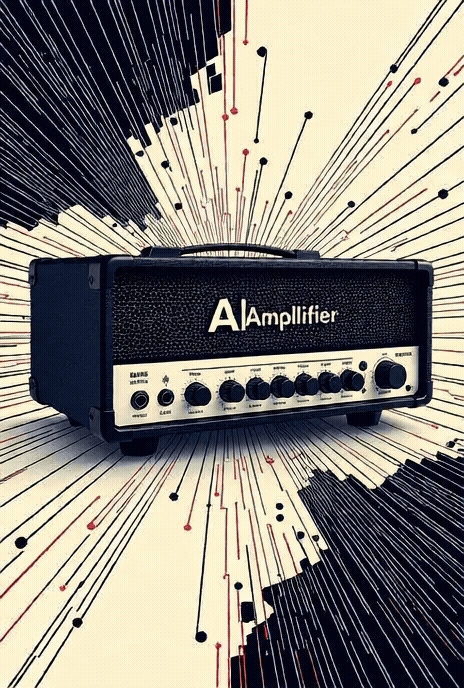For the past two years, the world of software development has been defined by a single, seismic question: What is the true impact of AI? The initial data was puzzling. The 2024 DORA report famously found that higher AI adoption was linked to worse software delivery stability and throughput, an anomaly that baffled many leaders who had just signed seven-figure deals for AI coding assistants.
This year's 2025 State of AI-assisted Software Development report brings clarity, and the findings are more nuanced and profound than we could have imagined. The "anomaly" is partially resolved: AI adoption is now positively associated with software delivery throughput. Teams are indeed getting faster. However, the core problem remains:
AI adoption still increases software delivery instability.
This persistent friction reveals a fundamental truth that most organizations are missing. Successful AI adoption isn't a tools problem; it's a systems problem. The report's most powerful conclusion can be distilled into three words:
AI is an amplifier.
The Mirror on the Wall
Like a powerful mirror, AI doesn't just change your organization; it reflects its true nature with unflinching honesty.
If your organization has clear workflows, a high-quality internal platform, and a culture of excellence, AI will amplify those strengths, turning local productivity gains into measurable organizational velocity.
However, if your organization is plagued by downstream bottlenecks, technical debt, and misaligned teams, AI will only magnify that chaos. Giving developers tools to generate code 30% faster is useless if your code review process is a week-long bottleneck or your testing environments are brittle. You're not accelerating value delivery; you're just accelerating the creation of inventory that piles up at the next gate. This is the core of the productivity paradox: individual effectiveness soars, while the system groans under the added pressure.
The Blueprint for Amplification: The DORA AI Capabilities Model
So, how do you fix the system? The report doesn't just diagnose the problem; it offers a compelling prescription in the form of the new
DORA AI Capabilities Model. This model identifies seven foundational capabilities, a mix of technical, cultural, and process-oriented practices, that are proven to amplify the positive effects of AI.
These capabilities are:
- A Clear and Communicated AI Stance: Ambiguity creates fear and risk. Teams need psychological safety and clear guardrails to experiment effectively.
- Healthy Data Ecosystems: AI models are only as good as the data they're trained on. High-quality, accessible internal data is the fuel for context-aware, effective AI.
- AI-Accessible Internal Data: Generic AI is helpful. AI with secure access to your internal documentation, codebases, and systems is transformative.
- Strong Version Control Practices: In an era of high-velocity, AI-generated code, the ability to commit frequently and roll back changes safely is not just a best practice; it's a critical safety net that enables speed.
- Working in Small Batches: AI can generate vast amounts of code quickly, but large, complex changes are difficult to review and destabilize systems. Enforcing the discipline of small, manageable work items reduces friction and improves product performance.
- A User-Centric Focus: This was one of the report's most startling findings. For teams without a user-centric focus, AI adoption can actuallyharm team performance. A clear focus on user needs ensures that AI-driven speed is pointed in the right direction.
- Quality Internal Platforms: The internal platform is the essential foundation for AI success. It provides the paved roads, guardrails, and shared capabilities that allow the benefits of AI to scale securely across the entire organization.
Your First Step: Look in the Mirror
The message is clear: the race to leverage AI won't be won by the company that buys the most advanced tools. It will be won by the company that builds the most robust and healthy socio-technical system.
For leaders, the path forward isn't to ask "Which AI tool should we buy?" but rather, "Is our organization ready for the truth AI will show us?"
The report suggests a simple, powerful starting point. Gather your team and ask them one question: "Can we, right now, draw our software delivery value stream on a whiteboard?". If the answer is no, or if the resulting diagram is a mess of tangled lines and question marks, you've found your bottleneck. You've found the place where the amplifier is currently plugged into noise.
And you've found where the real work begins.

